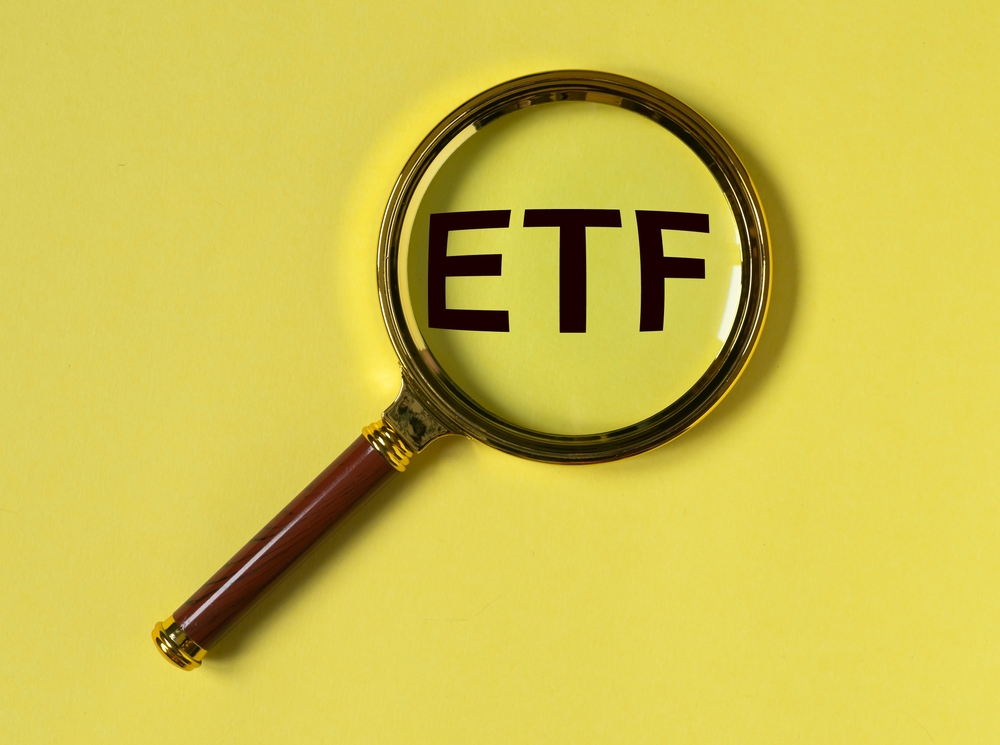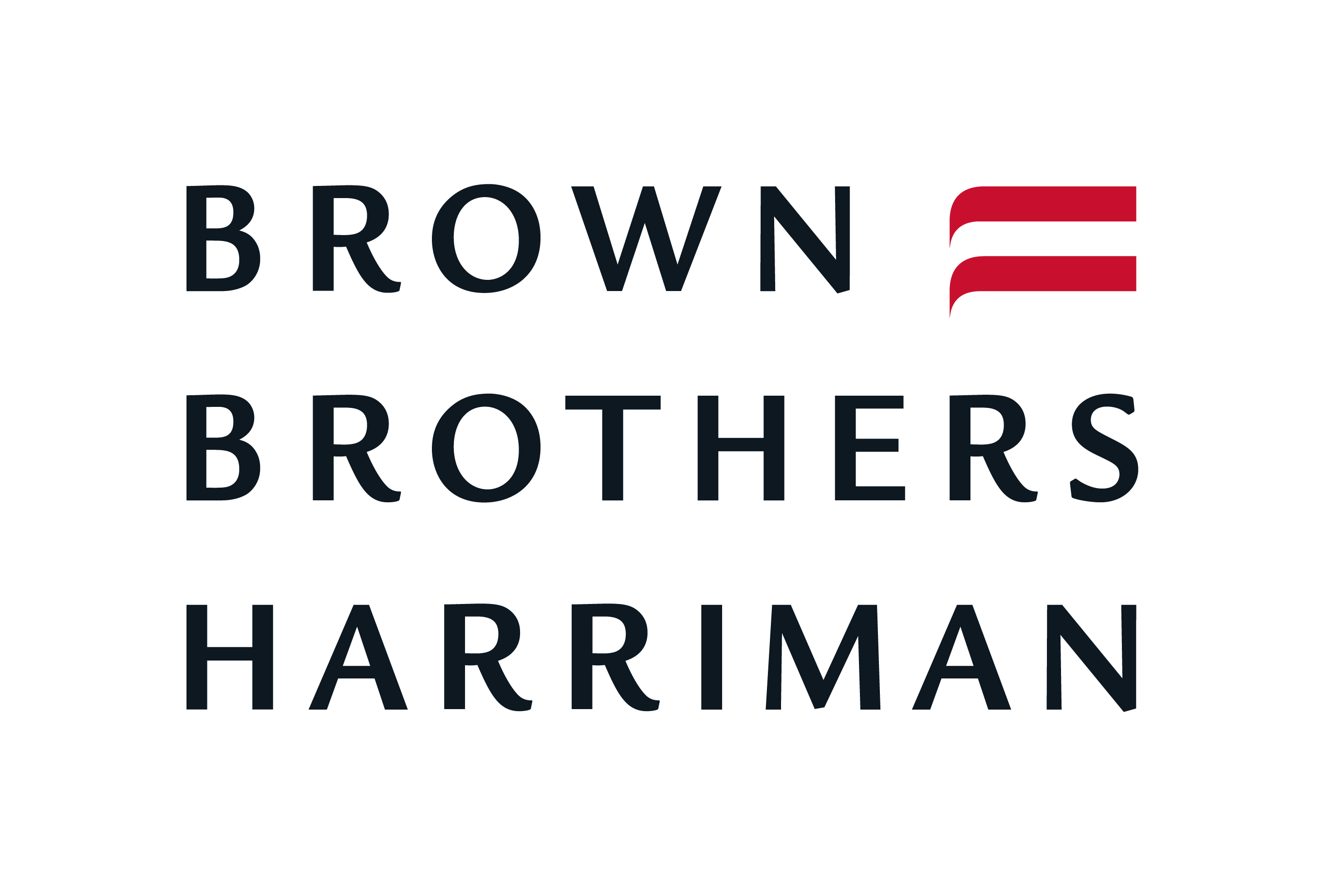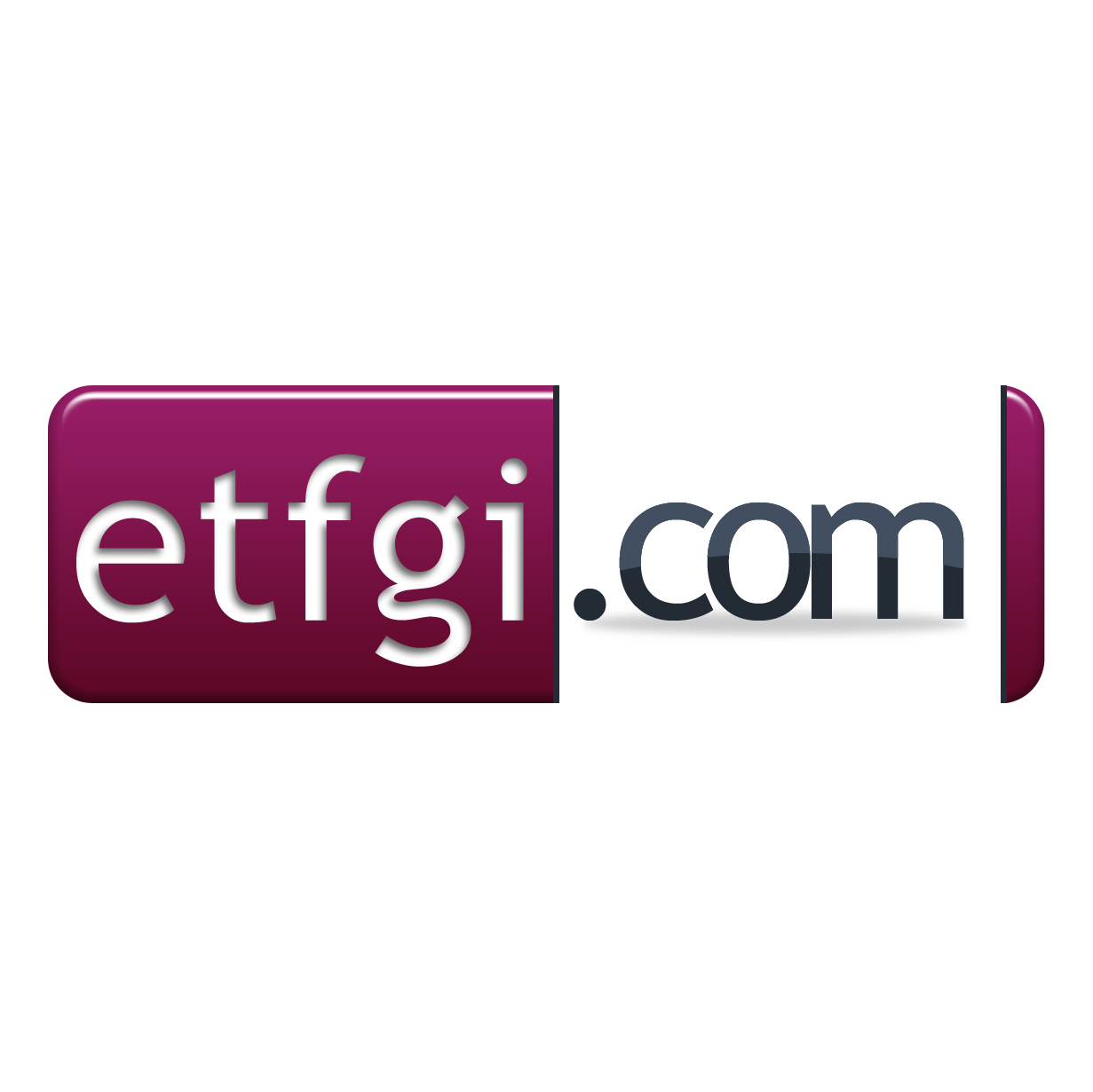The European ETF market continued its growth trajectory in 2023 as competition between major asset managers sparked into life.
Many of ETF Stream’s 2023 trends came to fruition last year, most notably, a price war was reignited on the continent which saw fees cut on some of Europe’s flagship ETFs.
Price reductions also helped DWS gain ground on Amundi as it attempts to regain its spot as Europe’s second-largest ETF issuer, improving its chances of achieving its ambition by 2025.
Another of ETF Stream’s 2023 trends – the growth of digital platforms – was also a major factor throughout the year, with asset managers such as BlackRock making various partnerships with online investment platforms.
While some of these themes will continue into this year, ETF Stream has forecasted five big trends that could shape the European ETF market in 2024.
The active ‘big bang’
Last year felt like a seminal one for active ETFs, marking a point where many European investors started to become more comfortable with the structure that is booming in the US.
Wrapping active management within an ETF has also become a big focus for asset managers, with new market entrants including Mainfirst, AXA Investment Managers, abrdn, Horizon Kinetics and Investlinx all hitting the market with active strategies.
Many anticipate the trend to catch fire over the coming 12 months and become a key driver of flows into ETFs in Europe for years to come.
“I am expecting there to be some kind of big bang with regards to the launch of active products,” Detlef Glow, head of Lipper EMEA research at Refinitiv said.
“That should bring more attention to the European industry and more attention does normally garner larger flows.”
Asset gathering will be the ultimate barometer of success for active ETFs, but the more well-known fund strategies – such as the JPM Active Global Aggregate Bond UCITS ETF (JAGG) – are brought into the mainstream, the more they will appear on investor radars.
Listed and unlisted ETF share classes
The spotlight was cast upon unlisted and listed share classes in 2023 after HSBC Asset Management announced the creation of ETF share classes on four global bond index funds last April.
The asset manager became the first Central Bank of Ireland-regulated entity to launch ETF share classes which many industry commentators thought would open the floodgates to more.
However, issues over the UCITS fund naming convention have so far dissuaded others to follow suit.
Andrew Craswell, European head of ETF services at Brown Brothers Harriman, believes Luxembourg – which has a much more relaxed naming approach to share classes – could claw back some assets from its Irish rival should asset managers choose to domicile there as a result.
“We are seeing a lot of interest in ETF share classes and it could be a real springboard for Luxembourg in picking up more market share,” he said.
Glow said he hoped the CBI’s approach to the UCITS naming convention could be relaxed, adding: “I find it a bit misleading for investors so we could see the Irish regulator changing their policy. Not that I see this coming any time soon.”
Smaller ETF issuers to make a splash
As Europe’s larger ETF issuers continue their tussle at the top, ETF Stream expects several smaller issuers to grow their market share this year.
Trying to break into the European ETF market can be a daunting task, but Glow argued with the right product offering and distribution plan, it can be done.
“Smaller players have a good chance to make it in the European market,” he said. “If they can nail down their product offering and match investor demand then you can compete.”
Despite this, challenges such as having sufficient scale to appear on fund selectors’ buy lists remain and can be very difficult to overcome.
Deborah Fuhr, managing partner and founder at ETFGI, said: “Selection lists are getting smaller and smaller and boutique issuers will have to face that hurdle.
“When there is an interesting strategy, or big demand for a strategy, larger firms will see this and decide to offer it themselves.”
T+1 impact
The shift to a T+1 settlement cycle in the US by May is set to have a big impact on the European market.
The European Securities and Markets Association (ESMA) concluded a consultation at the end of last year about shifting to the shortened settlement cycle on the continent, in a bid to align it with its international counterparts.
The move in the US will no doubt pose significant challenges for the European ETF market, which due to its fragmented nature already suffers from a significant number of settlement fails.
ESMA’s call for evidence will no doubt intensify the debate over 2024 as the industry assesses the challenges.
US spot bitcoin approval impact
As the approval of the first spot bitcoin ETF comes to a head in the US, attention will turn on what impact it could have on Europe’s crypto exchange-traded product (ETP) market.
Craswell said the approval and subsequent flow in the US could attract the attention of Europe’s regulators in creating a regulated fund structure on the continent.
While many of Europe’s bitcoin ETPs are physically backed they are not funds, meaning issuers are restricted in terms of how they can market the product and certain investor protections.
“It will be interesting to see how regulators in Europe will start paying attention to how bitcoin is regulated within a funds structure,” he said.
Fuhr said the approval of the spot bitcoin ETF in Europe could persuade the likes of BlackRock to launch a similar product in Europe.
While major players such as Invesco and Fidelity already have bitcoin ETPs, BlackRock has yet to dip its toe in the crypto ETP market.
“It is reasonable to expect that if the US market takes off, they would love to bring the product to Europe”, she said.




